Mushrooms, like all living organisms, require certain conditions for their growth and development. The most important criteria are humidity and air temperature. Illumination is less important for these organisms.
However, these figures are not strict, as each species has its own framework. Knowing the growth temperature of mushrooms is necessary not only for those who are engaged in their cultivation, but also for lovers of gathering in the forest. This information will allow you to choose the best day when you can harvest the maximum yield.
The best time for picking mushrooms is a period that lasts from the beginning of spring and ends with the advent of frost. Therefore, if there were no first frosts, then in winter you can go on a “silent hunt”.
Content
The temperature required for mushroom growth in autumn
At this time of the year, the peak of the mushroom season is observed. In the fall, almost all summer species can be found, but new ones additionally grow - exclusively autumn mushroom representatives. The first mushroom and oak tree cease to grow first - as soon as the temperature drops below 15 degrees, the development of these species stops. Then, in the forest, the number of flies, russula, flywheels and flakes gradually decreases. These species stop growing when the atmospheric temperature drops to 10 degrees.
Most often at this time of year in the forest there is an autumn mushroom.
As a growth medium, they prefer damp and old wood, so you need to look for them in ravines and on stumps. The most favorite plants of autumn honey are poplar and mulberry tree.
Greater resistance to cold has greenfinch.
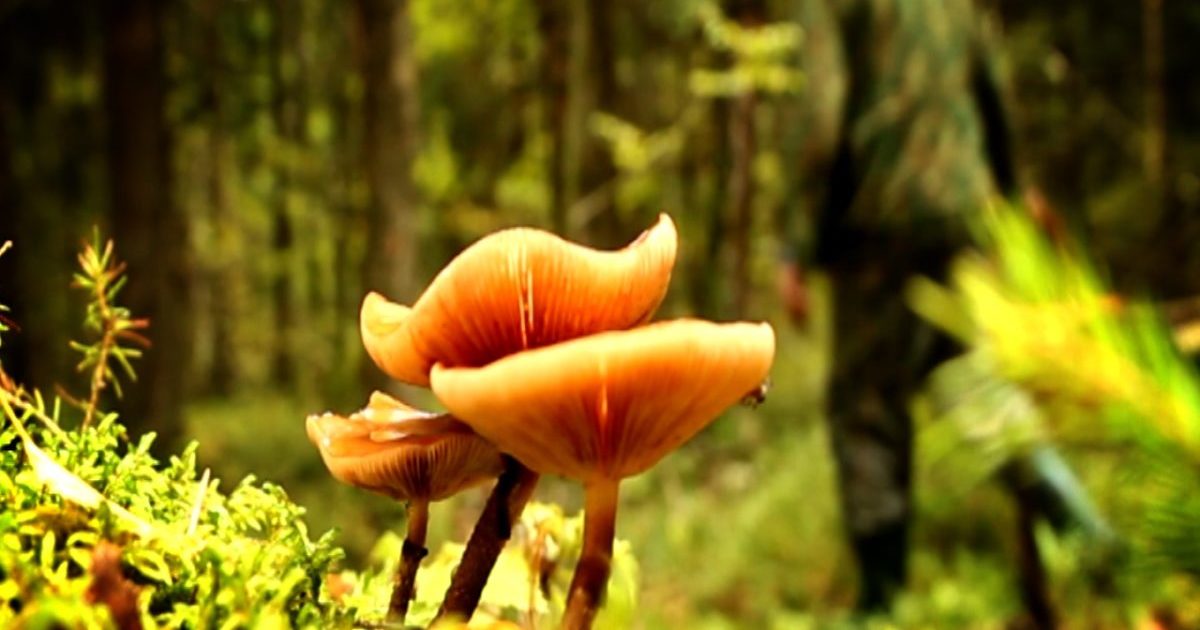 You may be interested in:
You may be interested in:It is able to grow at a temperature of 5 degrees heat. In the people it is also called the harbinger of winter: as soon as the greenfinch appeared in the forest, it means that in two weeks frost will strike. Zelenushka prefers a pine forest with sandy soil. Grows on well-lit glades and paths. Alone, it practically does not grow, so from one site you can collect an almost complete basket.
Another representative of the autumn forest is rowing.
For optimal growth, tricholomas need coniferous forest and soil with a high sand content. It does not resist cold as well as greenfinch, so you can only find it until the end of October.
Favorable spring conditions
As soon as the snow melts and the air temperature rises to 5 - 10 degrees Celsius, morels can be found in the forest.
Very often they are right in thawed puddles. Another favorite place for their growth is the space near deciduous trees.
Stitches appear along with morels.
The usual species prefers to grow under conifers. However, a giant line is found mainly in mixed and deciduous stands. After harvesting the mushrooms listed above, be careful, as they are conditionally edible. You can use them only after preliminary heat treatment.
Another type of mushroom that can be found in the spring forest is a raincoat.But it appears later than lines and morels, when the ambient temperature stably keeps above 15 degrees of heat.
In addition to heat, this mushroom needs an excess of moisture to grow. Therefore, it is mainly found in May after rain. Widely distributed in coniferous and mixed forests. When harvesting raincoats, it is necessary to pay attention only to young mushrooms. They are of the greatest nutritional value, therefore, unlike old mushrooms, they have soft flesh.
In spring, mushroom pickers often find orange pepper in the forest.
In addition to an attractive color, this mushroom does not stand out. It has no mushroom smell and taste. It is mainly used as a bright element in dried bundles.
The desired temperature in the summer
Summer is a favorable time of year for the growth of fungi, but intense heat is detrimental to these organisms. When atmospheric temperature rises above 35 degrees, the activity of the mycelium is inhibited. Therefore, if the whole week there was unbearable heat without a single rain, then it does not make sense to go on a “silent hunt” - there will be nothing to collect. The best combination for mushroom growth is the recent rain and a temperature in the region of 20 degrees.
Under favorable conditions, one of the first to appear is boletus.
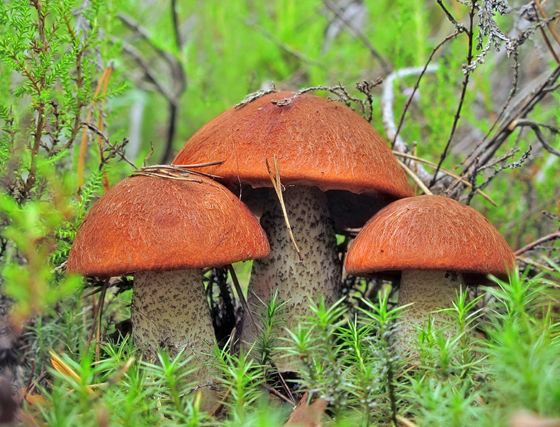 You may be interested in:
You may be interested in:They grow mainly in deciduous and mixed green spaces. They love shade very much, therefore it is necessary to search for them in thickets and moss.
Then the oil begins to grow actively.
Different types of oils prefer different conditions, some need coniferous forests, and some will need deciduous. Therefore, they can be found everywhere mainly in well-lit glades.
In the middle of summer, a large number of ceps appears in the forest.
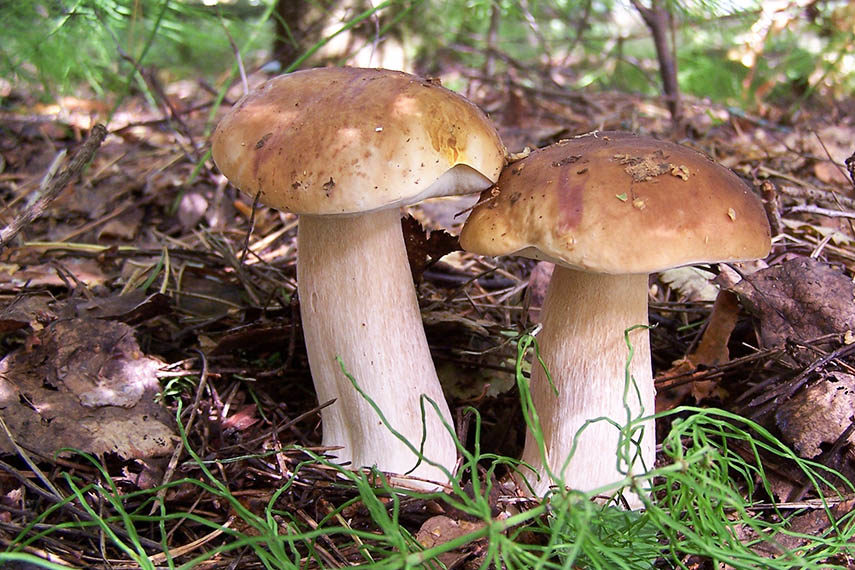
This species prefers to grow in pine and birch forests in open areas, well-lit by the sun. They rarely grow alone, so if you find one, then most likely there is at least a couple more ceps nearby.
Even in the summer you can meet thrills.
Most often they grow in birch forests, but you can find them in mixed forests. Experienced mushroom pickers recommend picking only young fruits, as they have a tight hat and tolerate transportation well.
Dubovik is also mainly harvested in the summer. The peak of its growth is observed at the beginning and end of summer, since this fungus does not tolerate extreme heat. Most often it is harvested near oak or linden, so it is necessary to “hunt” for it in deciduous forests.
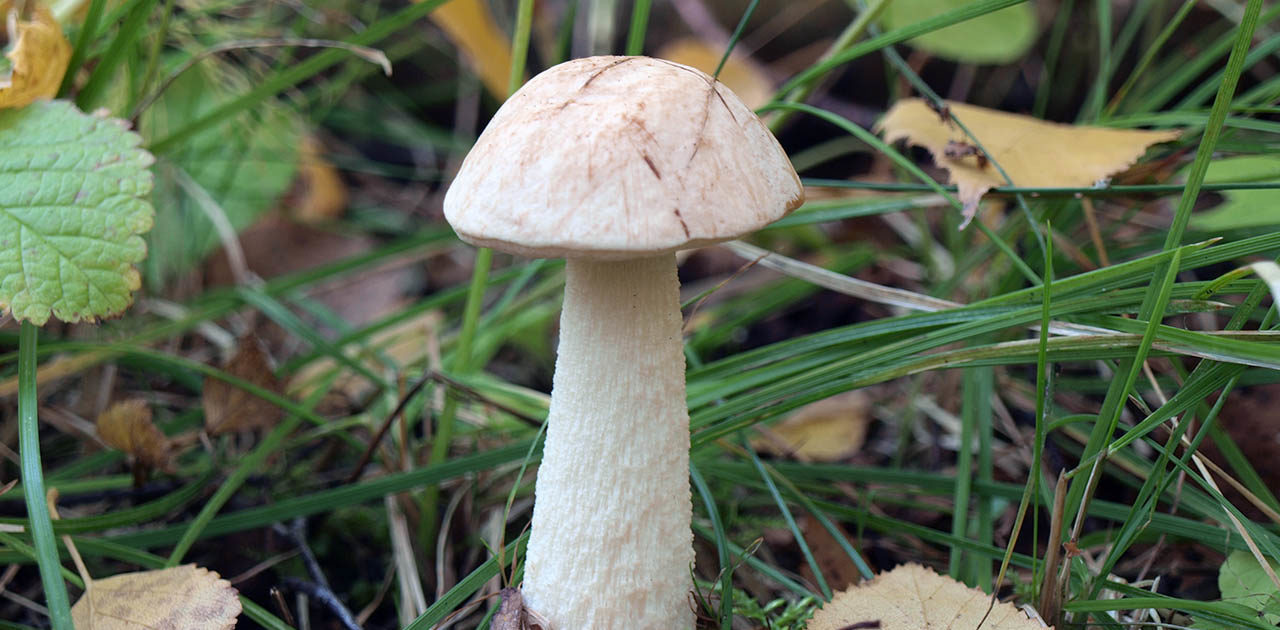 You may be interested in:
You may be interested in:To what temperature can mushrooms grow during the first frosts?
Very few species of mushrooms can resist the cold. Therefore, for most fans of "silent hunting" the mushroom season ends with the advent of November. But this is not entirely reliable. Since there are species that grow exclusively after the first frost.
A bright representative of mushrooms that love frost is the winter mushroom.
It grows mainly in deciduous forests on trees. In addition to a striking appearance, they have excellent taste, so hunting for them is not without meaning. The mycelium does not grow directly at sub-zero temperatures, but frost only slows its growth, but does not stop it. Therefore, when it gets a little warmer, the winter mushroom thaws and continues to grow.
Another mushroom that can be found in winter is winter oyster mushroom.
He loves to grow on dried aspens and birches. On other species is extremely rare.
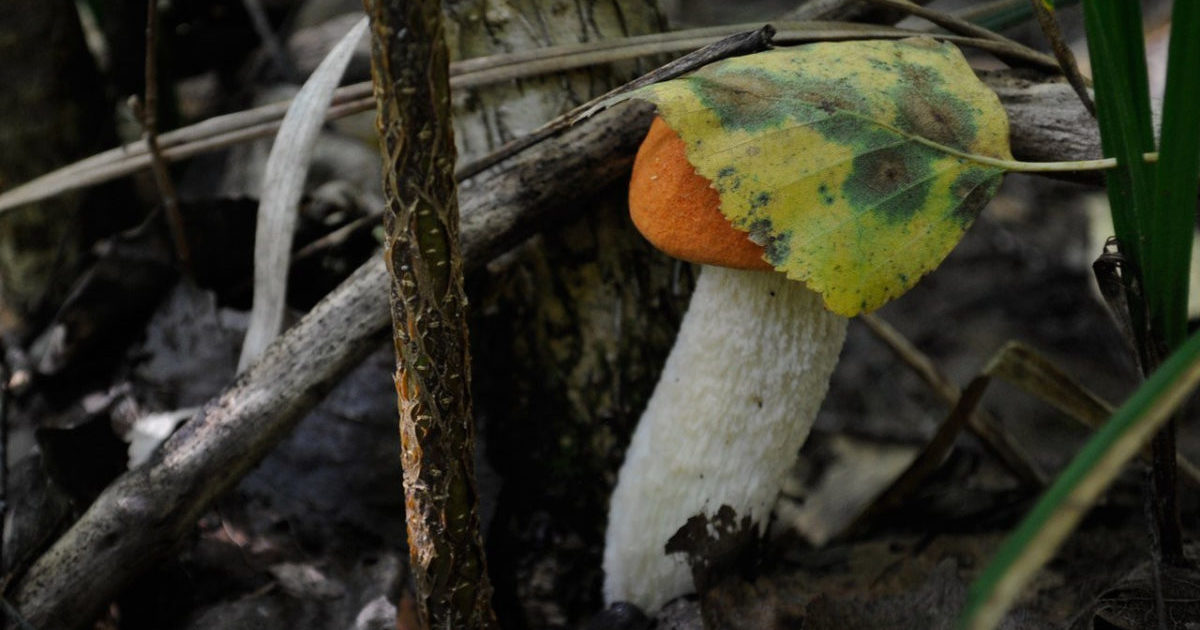 You may be interested in:
You may be interested in:Answers to widespread questions
For fans of "silent hunting" before going to the forest, it is necessary to take into account the average daily temperature and the limitation of the last rains. Warm and humid weather is a guarantee of a successful trip for mushrooms.

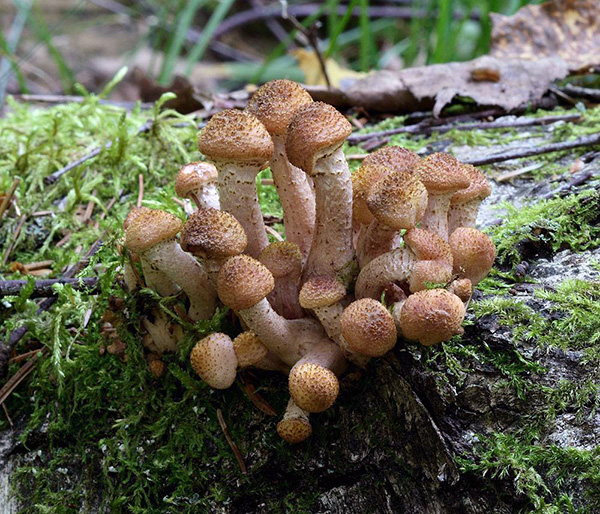

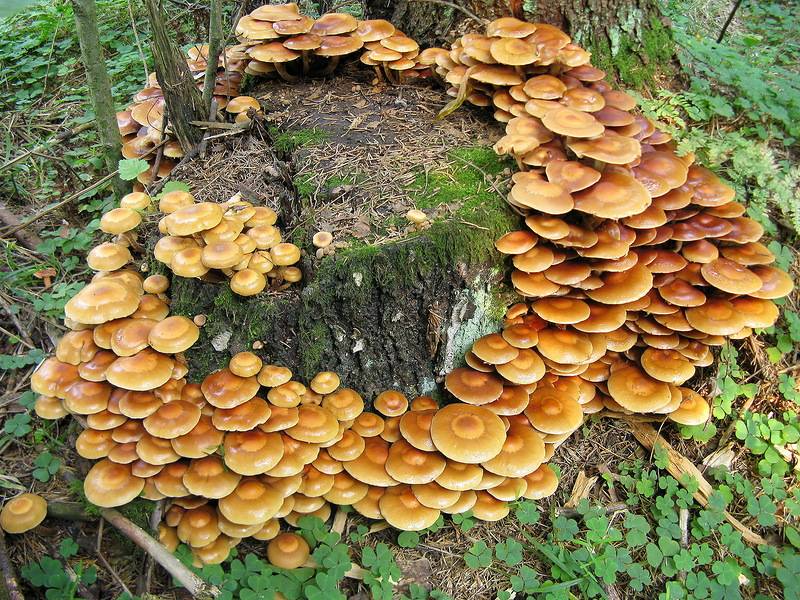
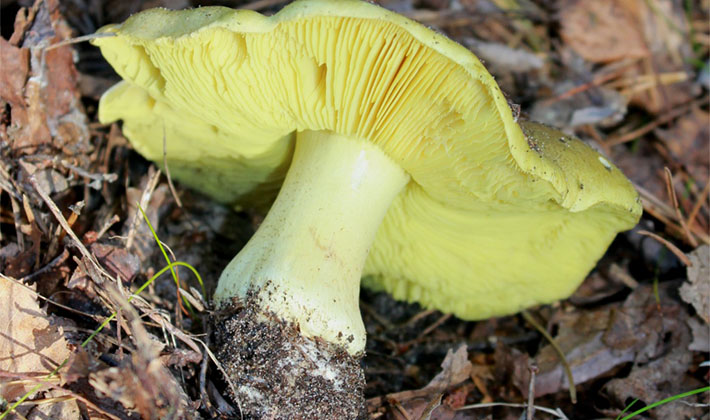
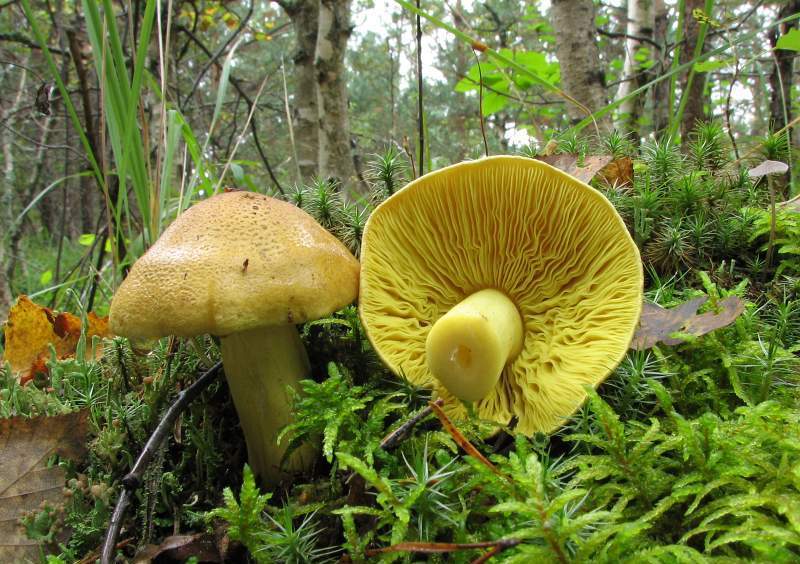
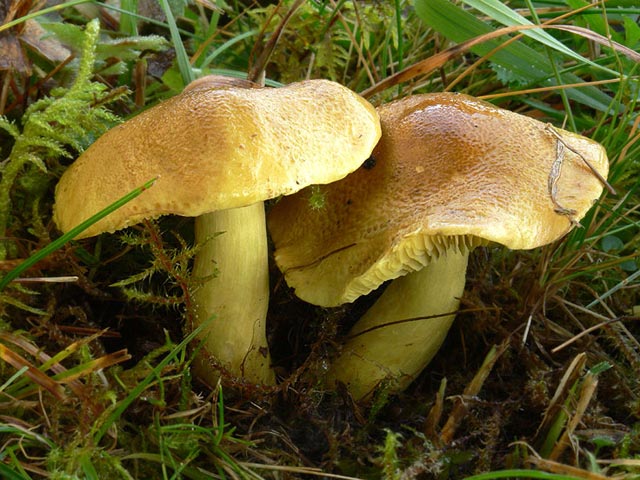
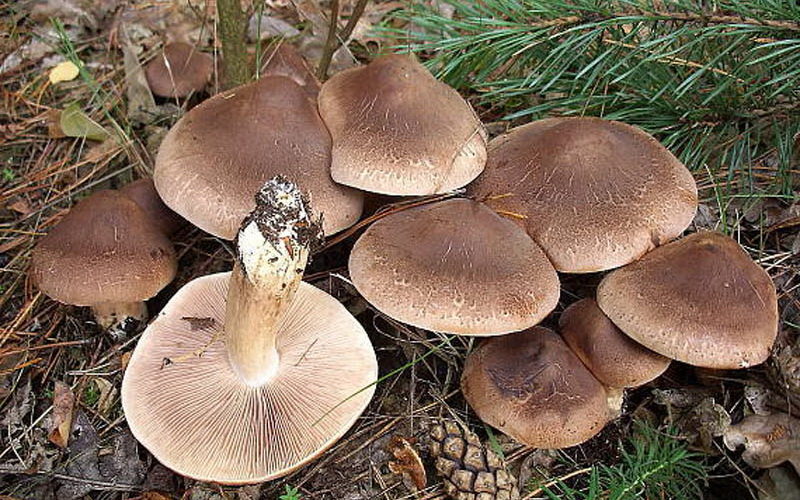
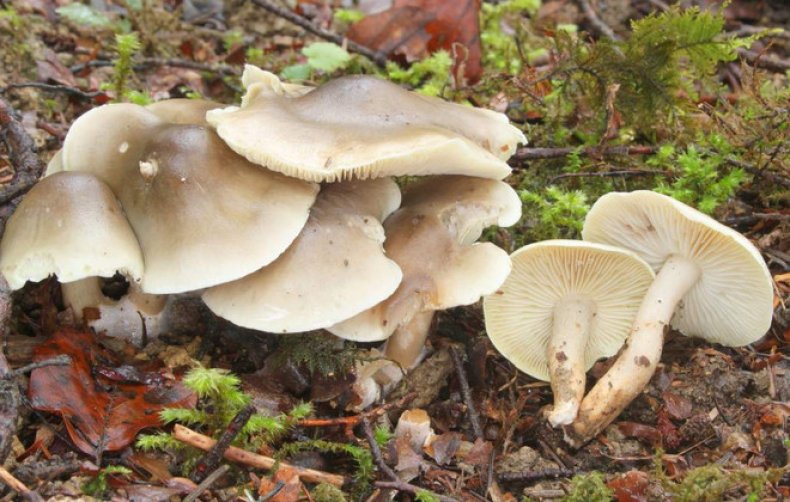
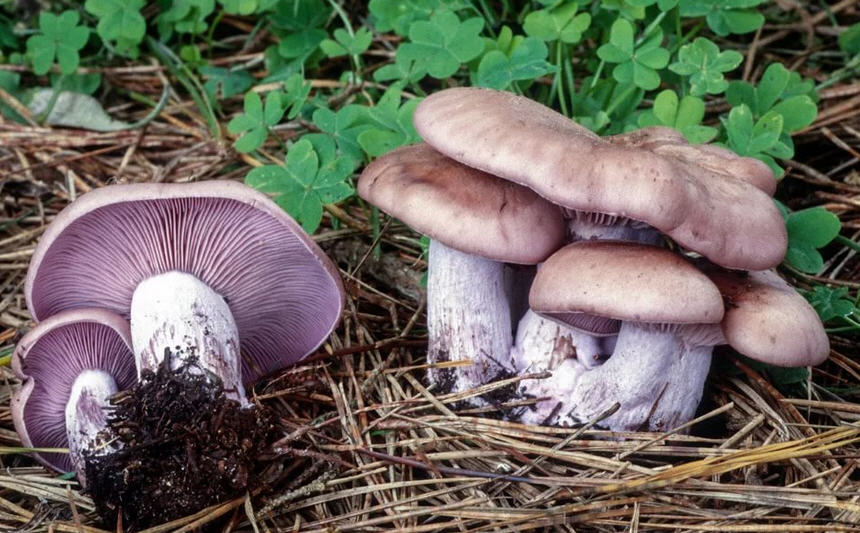
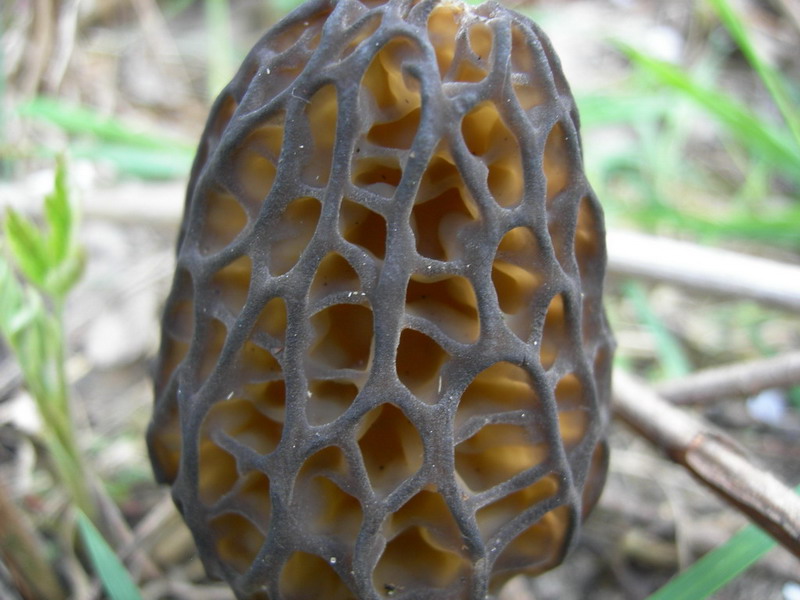
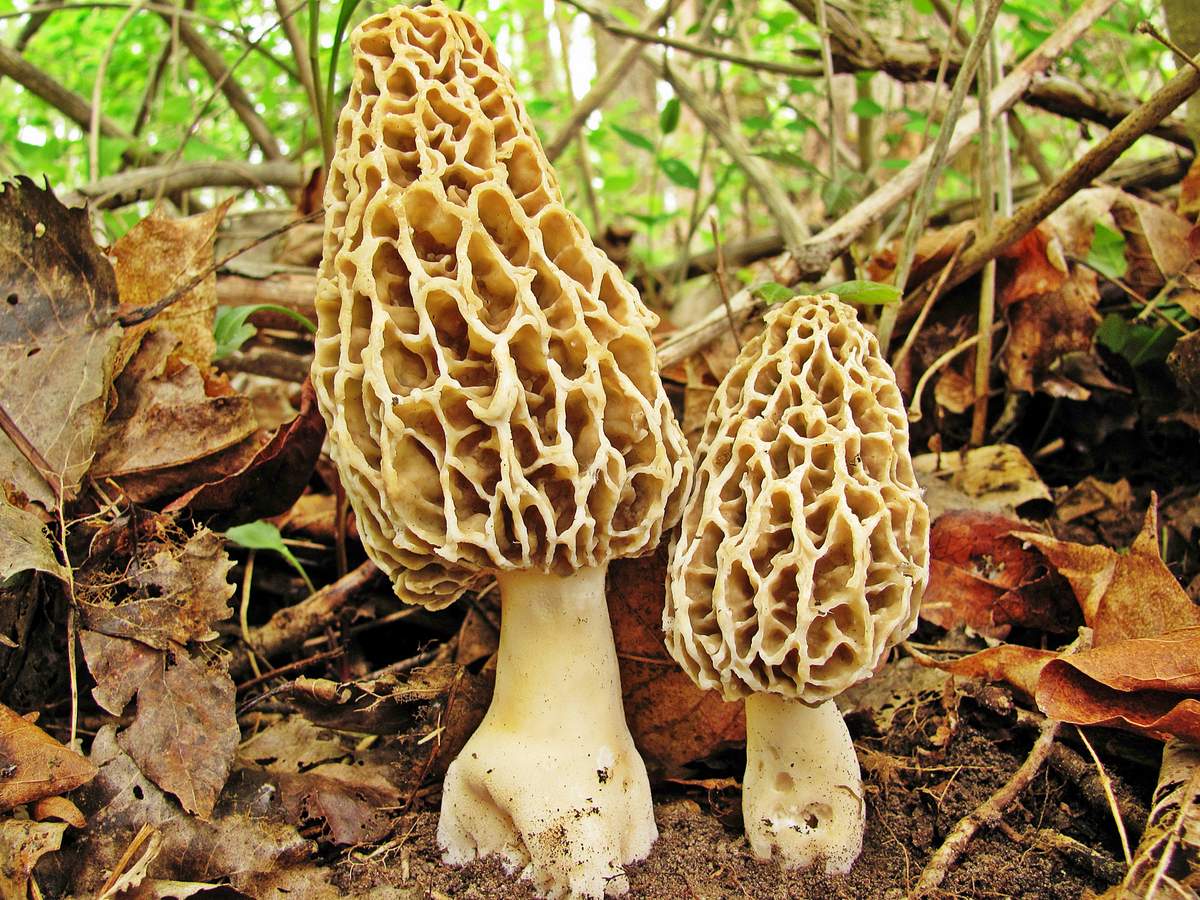
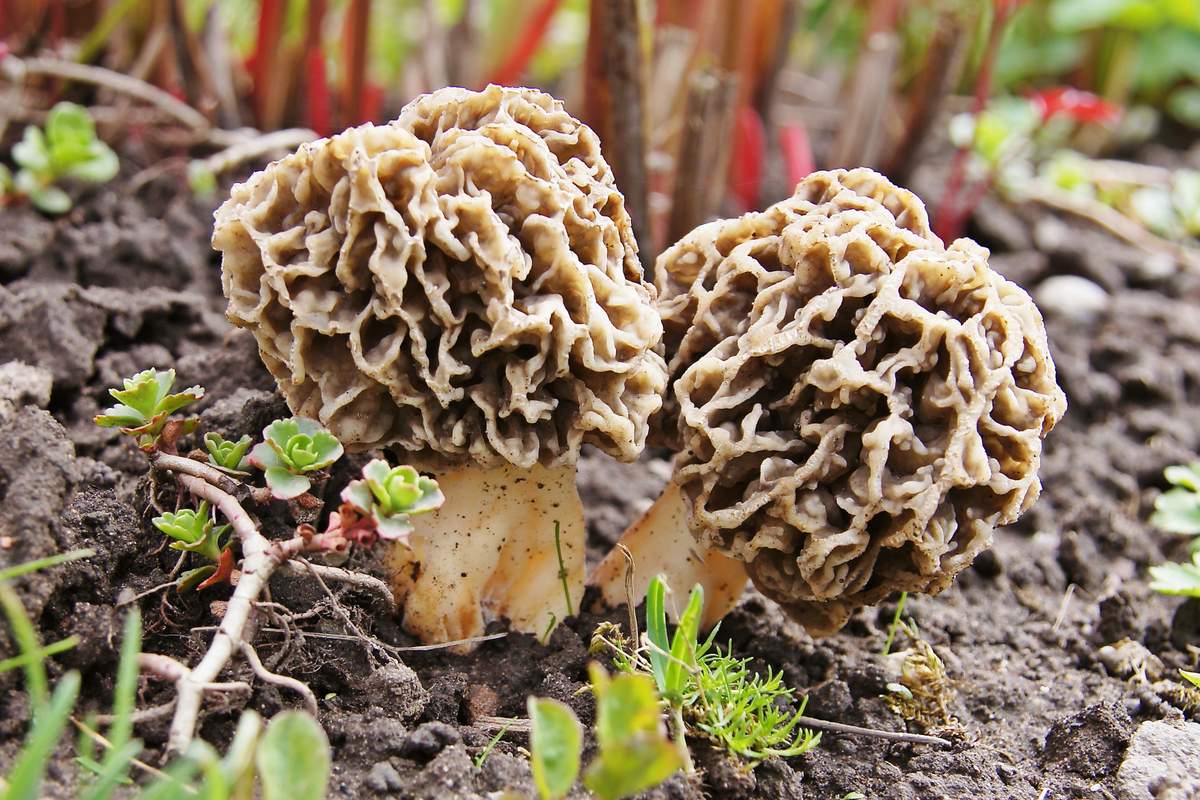
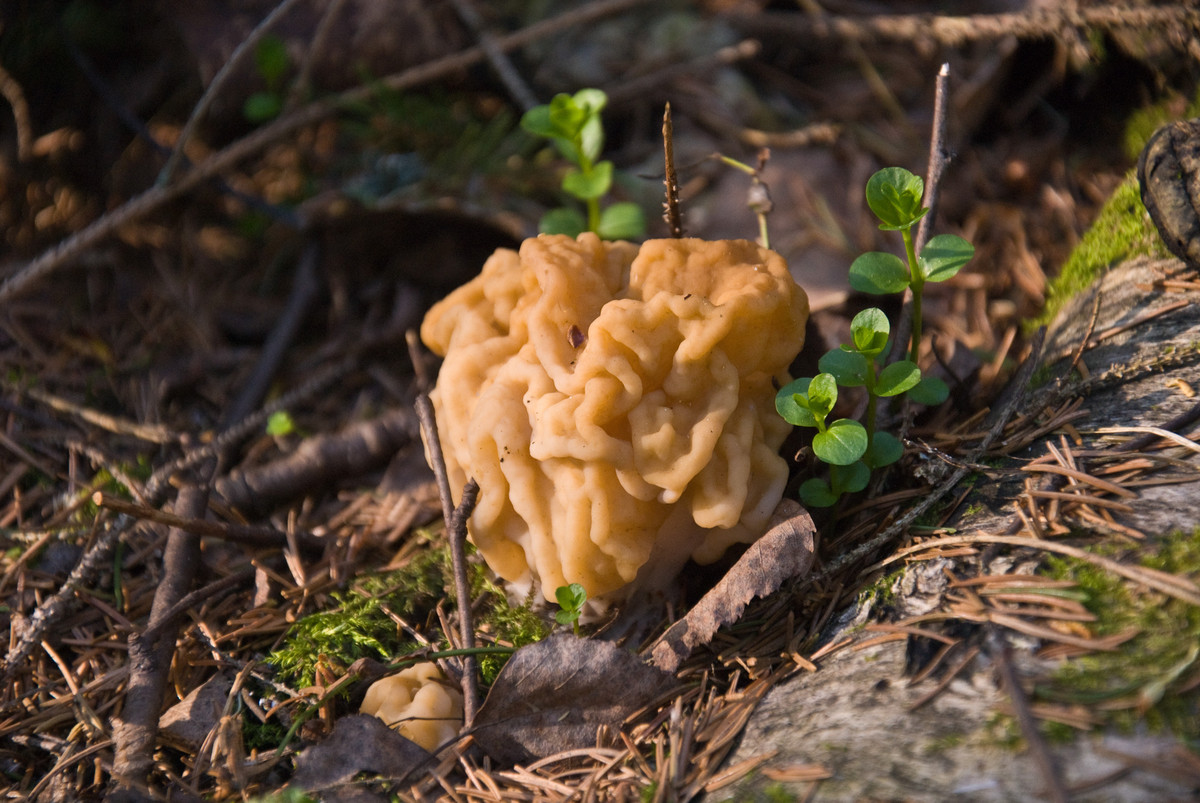
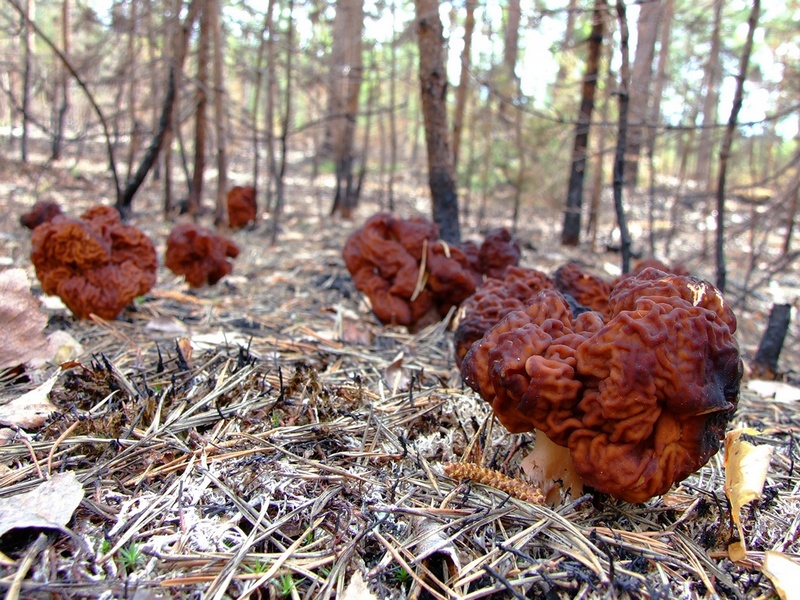
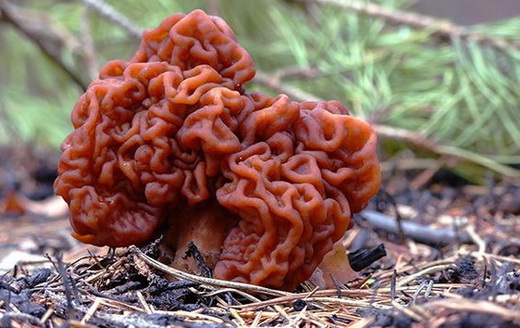
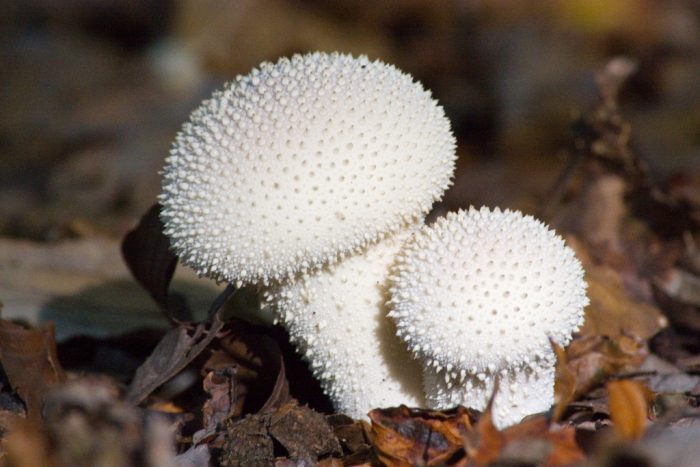
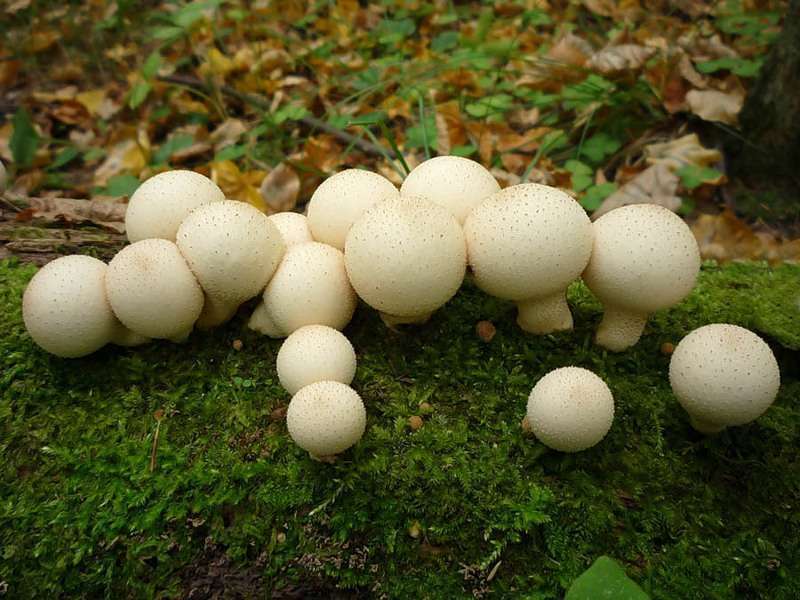
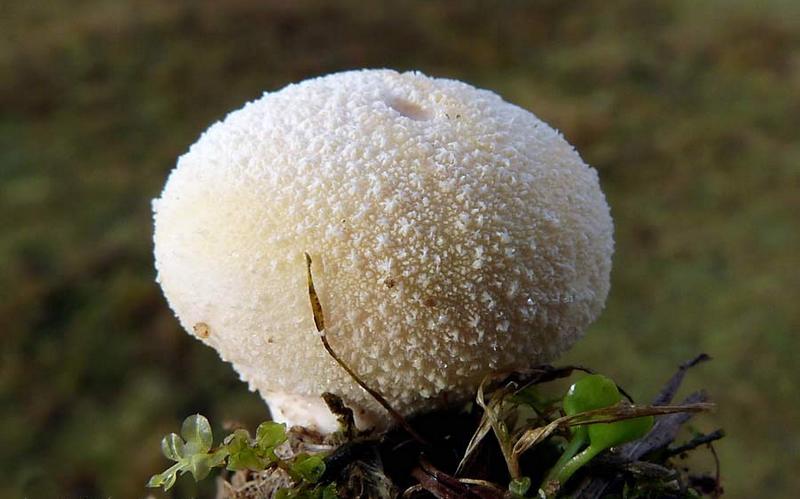



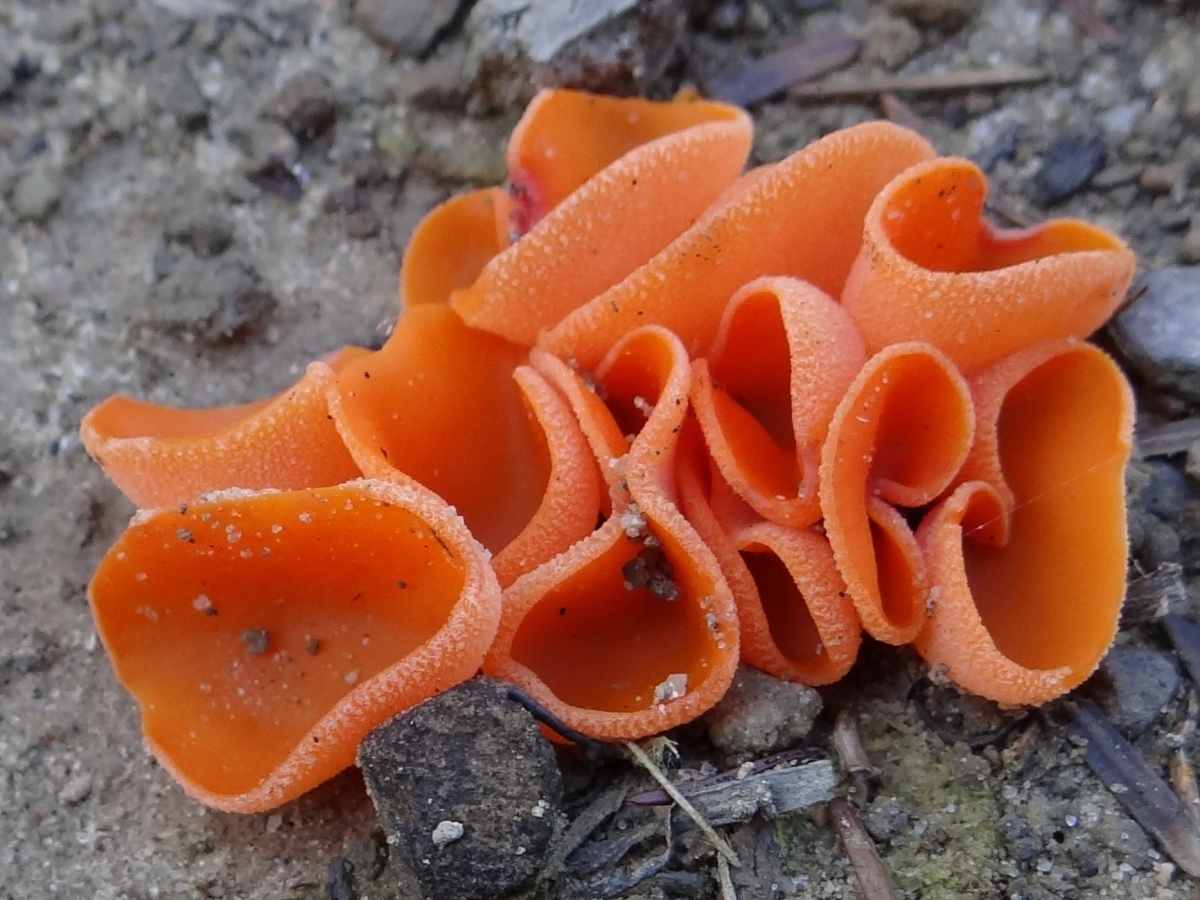
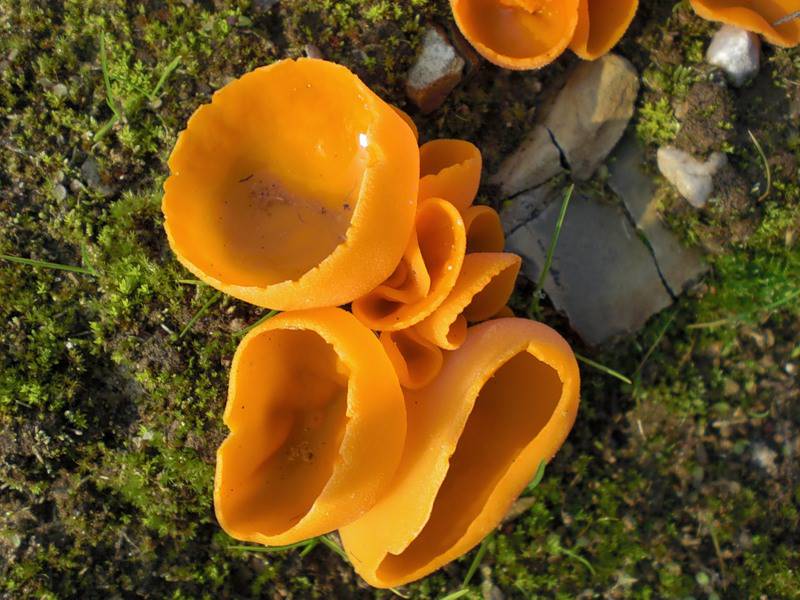
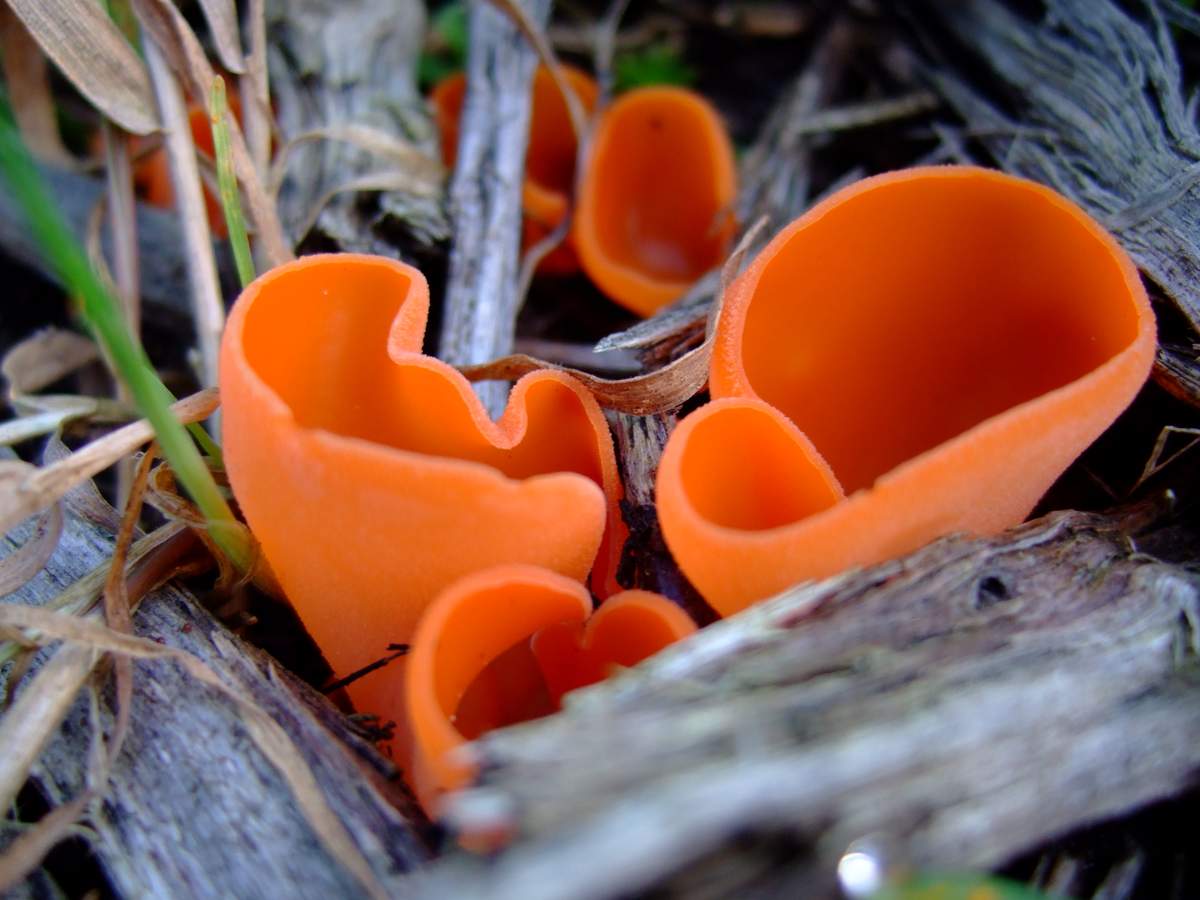
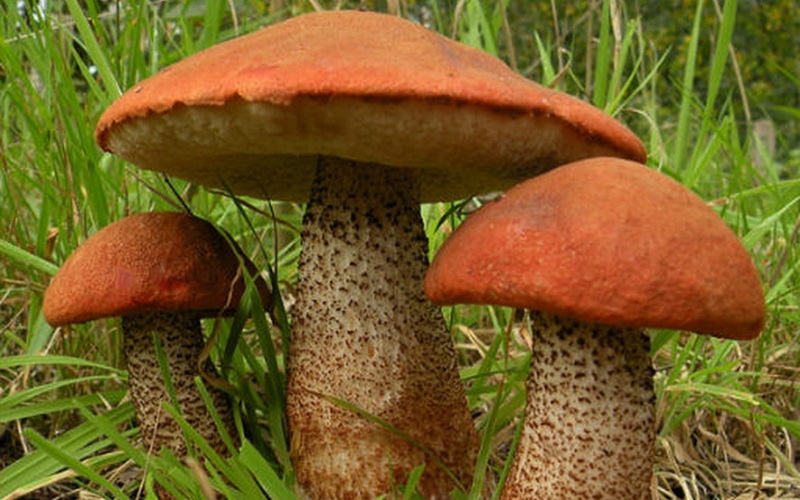
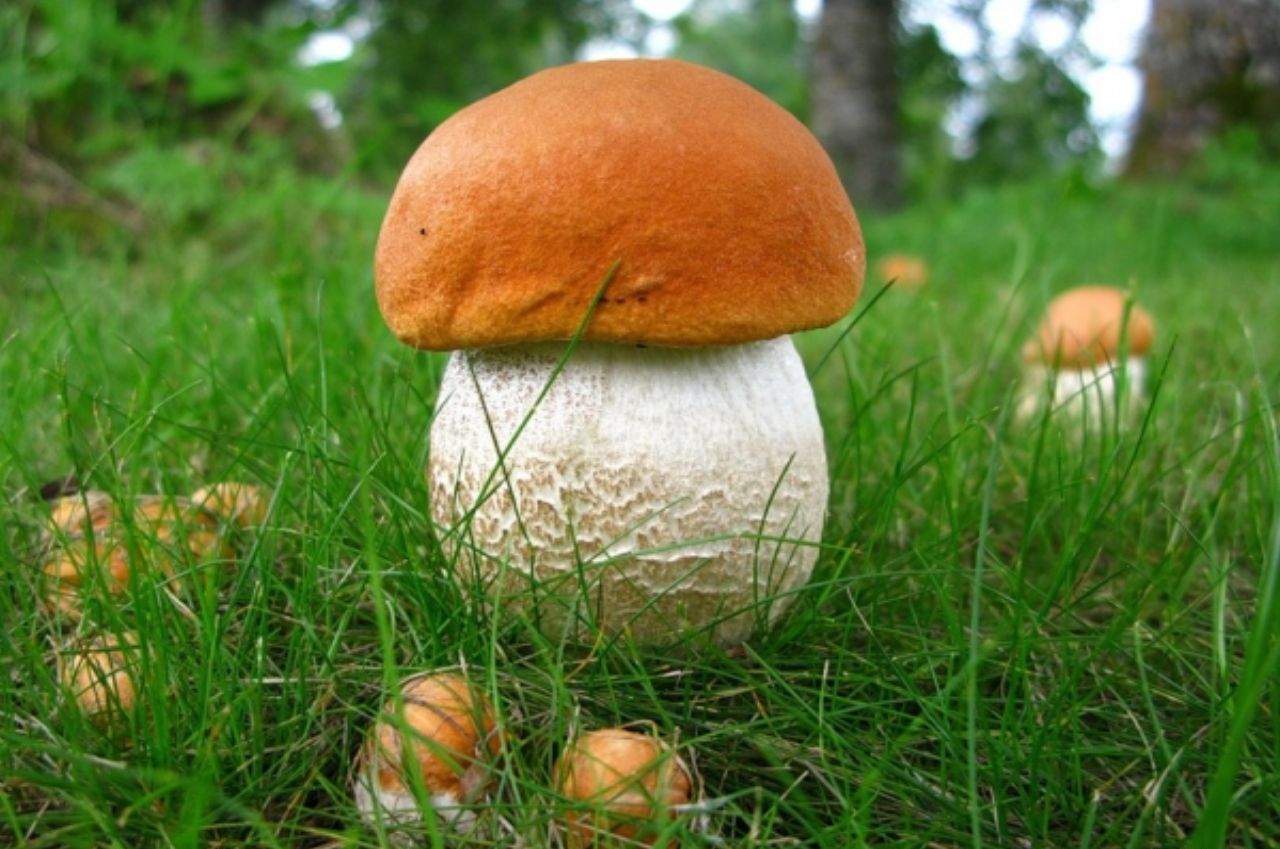
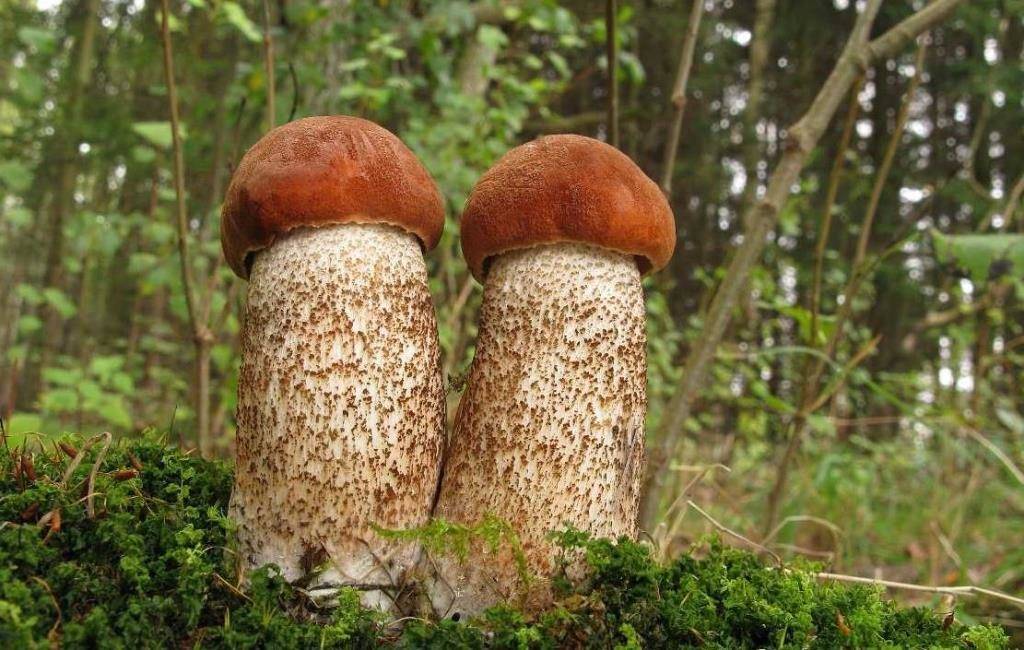
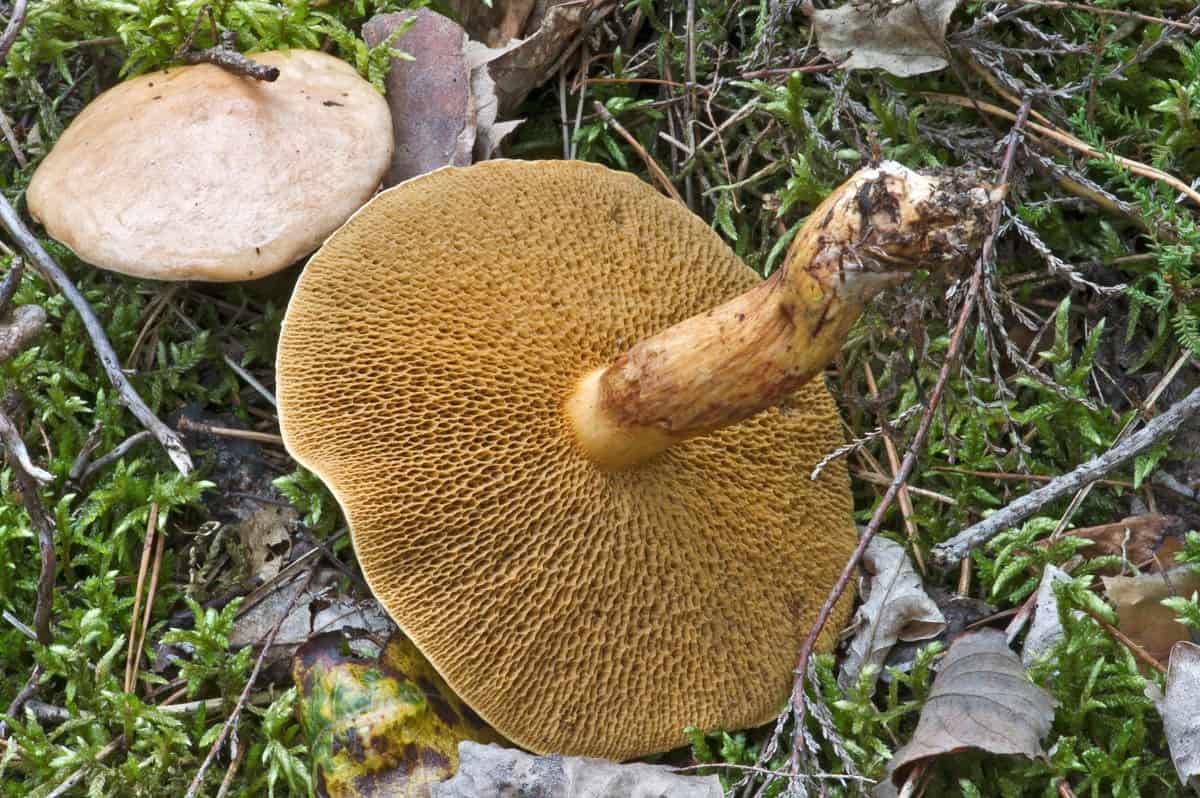
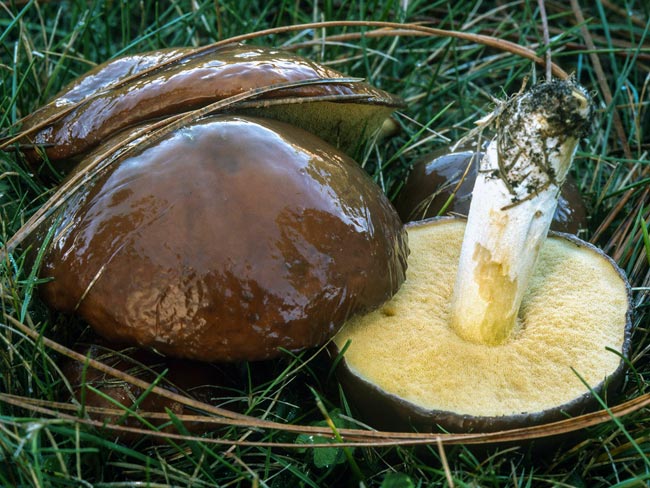
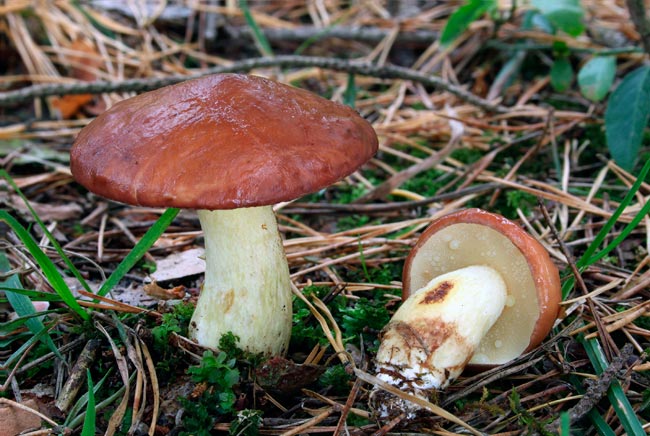
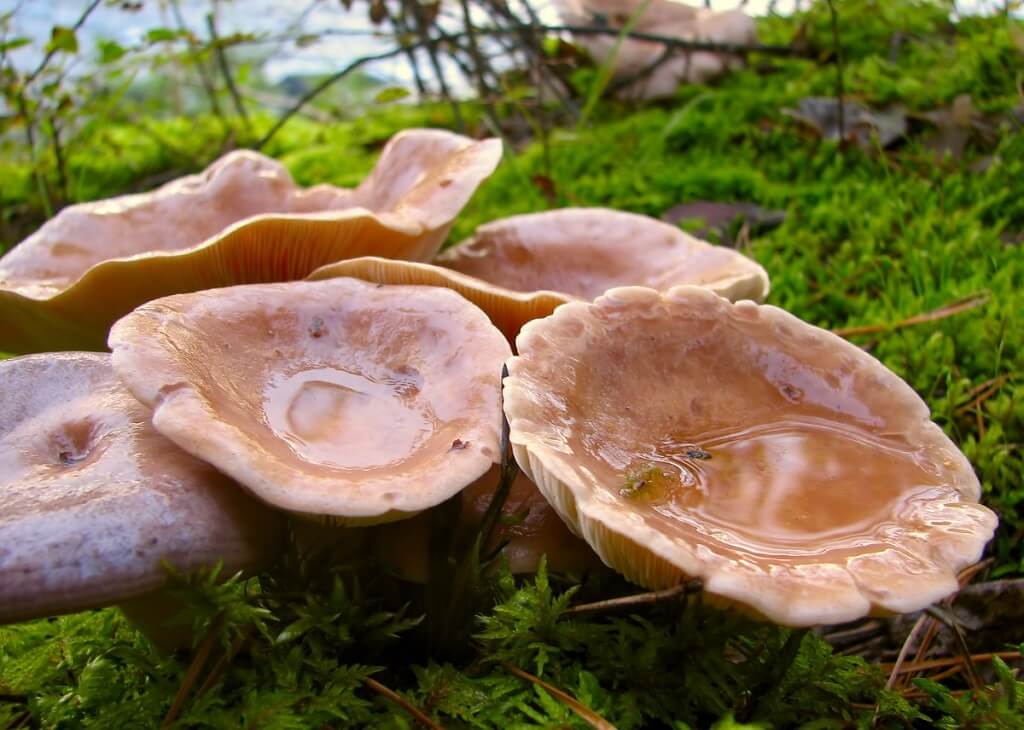

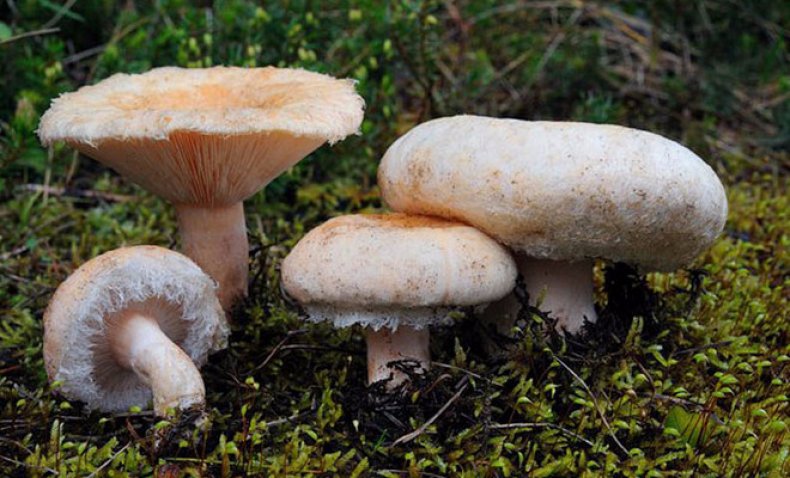
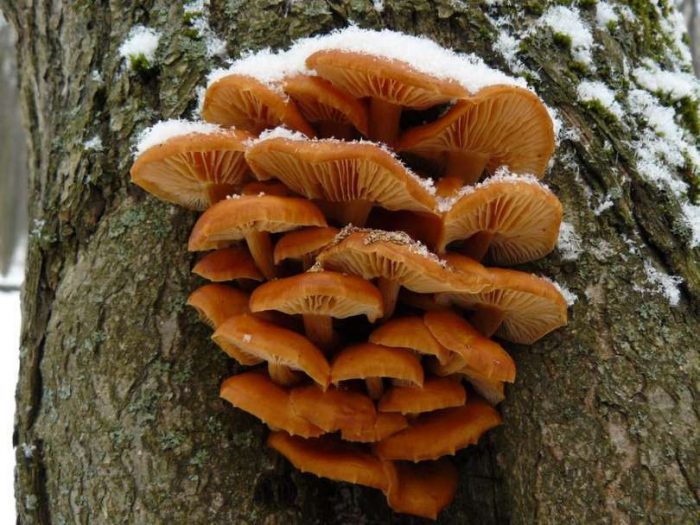
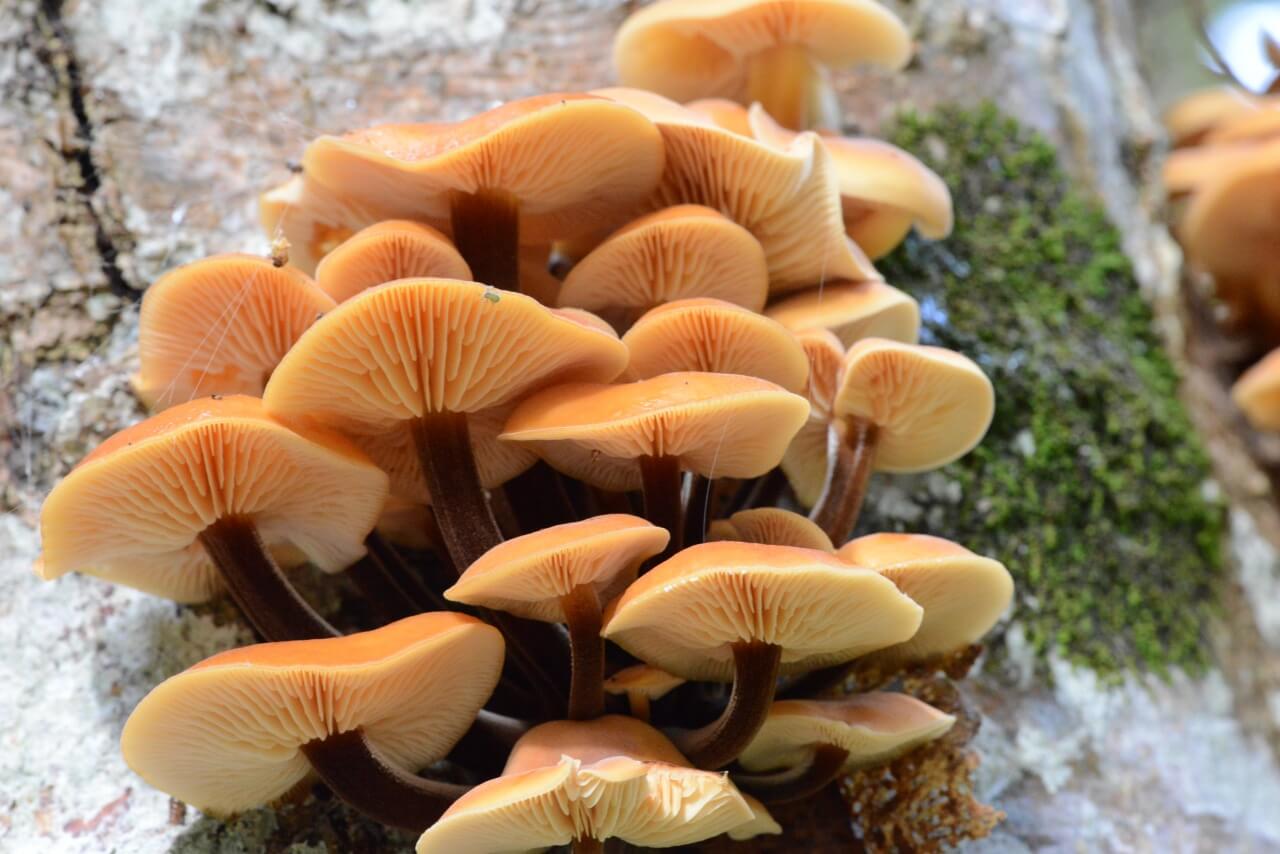
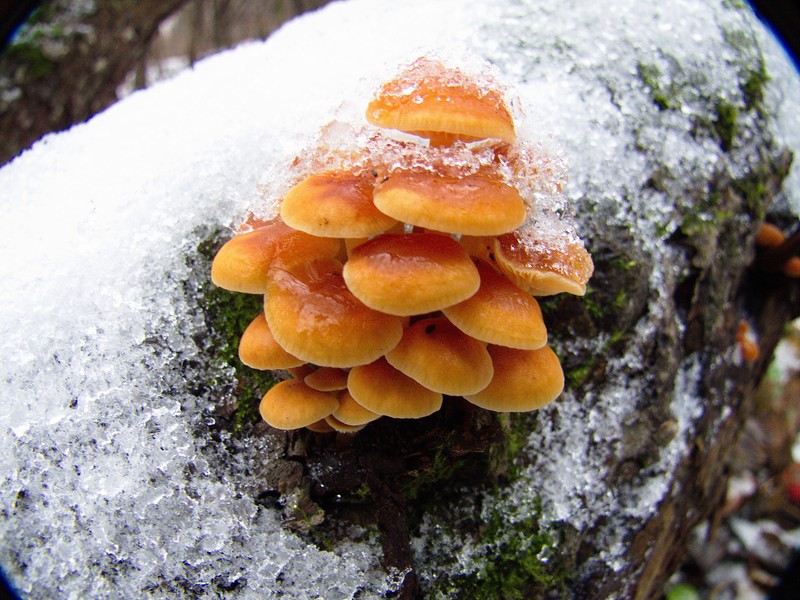
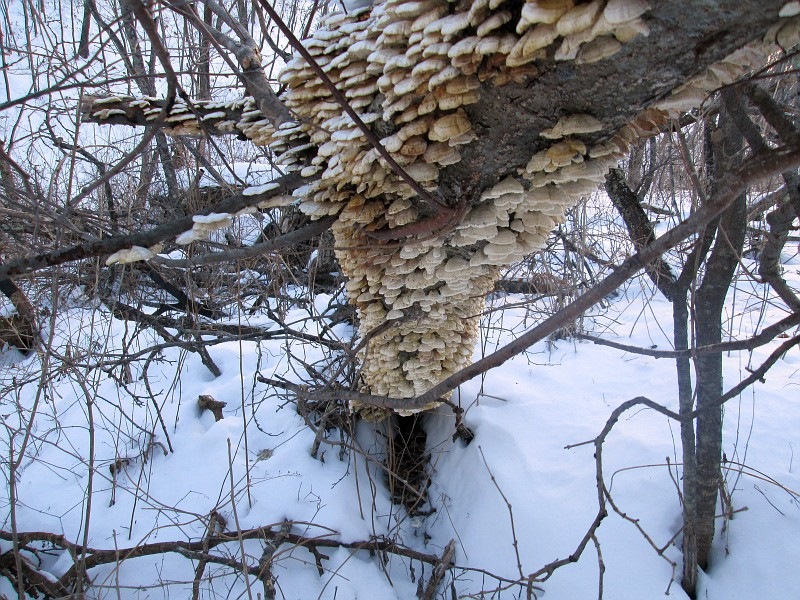
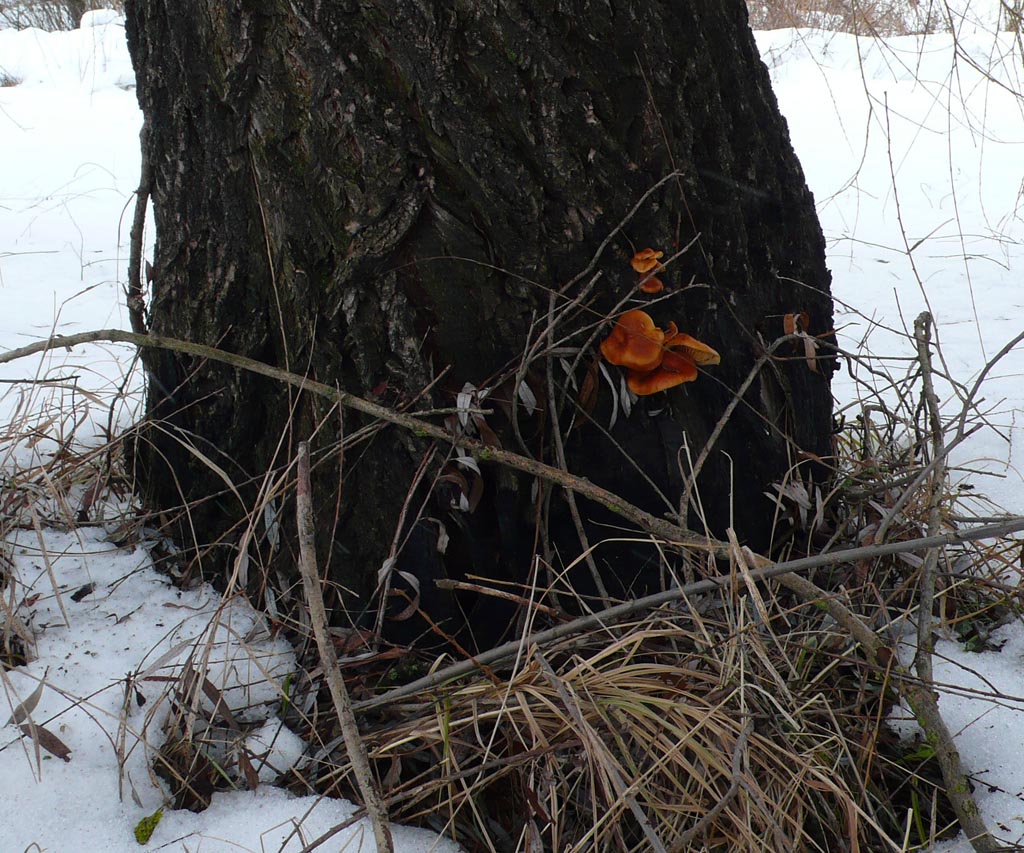
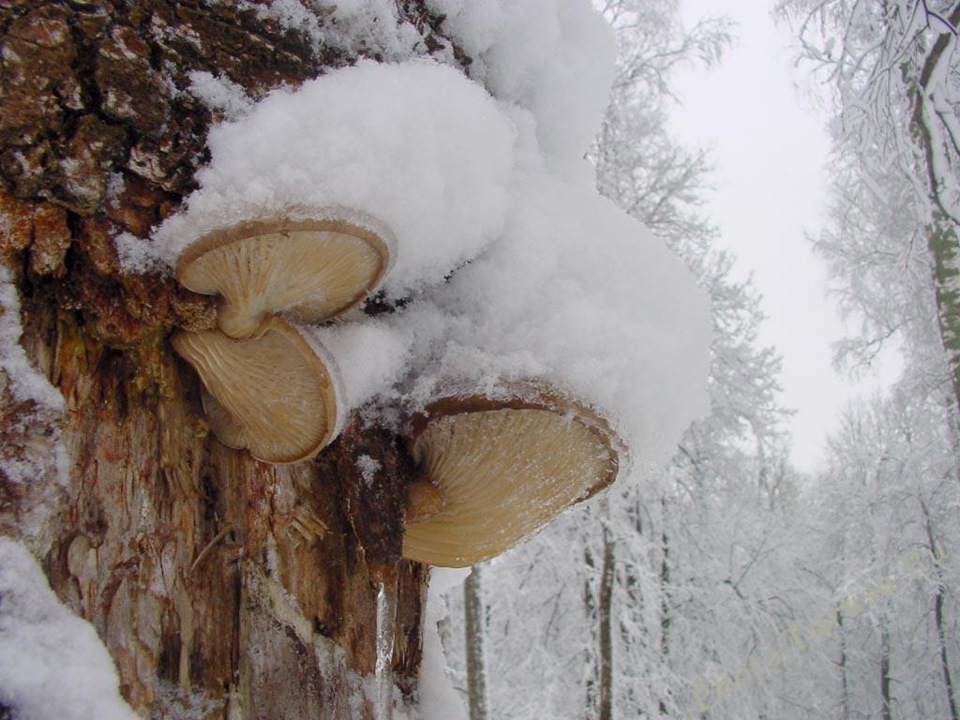
 Care and use of Kombucha at home (+22 photo)
Care and use of Kombucha at home (+22 photo) Edibility of the fungus of the motley umbrella and its description (+19 photo)
Edibility of the fungus of the motley umbrella and its description (+19 photo) Description of edible and inedible oils, their poisonous counterparts (+40 photos)
Description of edible and inedible oils, their poisonous counterparts (+40 photos) Useful properties of milk mushroom and its contraindications (+17 photos)
Useful properties of milk mushroom and its contraindications (+17 photos)
Sergey
Porcini mushroom (boletus), butterfish, boletus, I collect until October. The most important condition is that there are no strong and prolonged frosts.
you don’t know mushrooms, don’t write, for the place of the thrush photo of the fellow traveler, for the place of the oiler-photo of the marshmallow